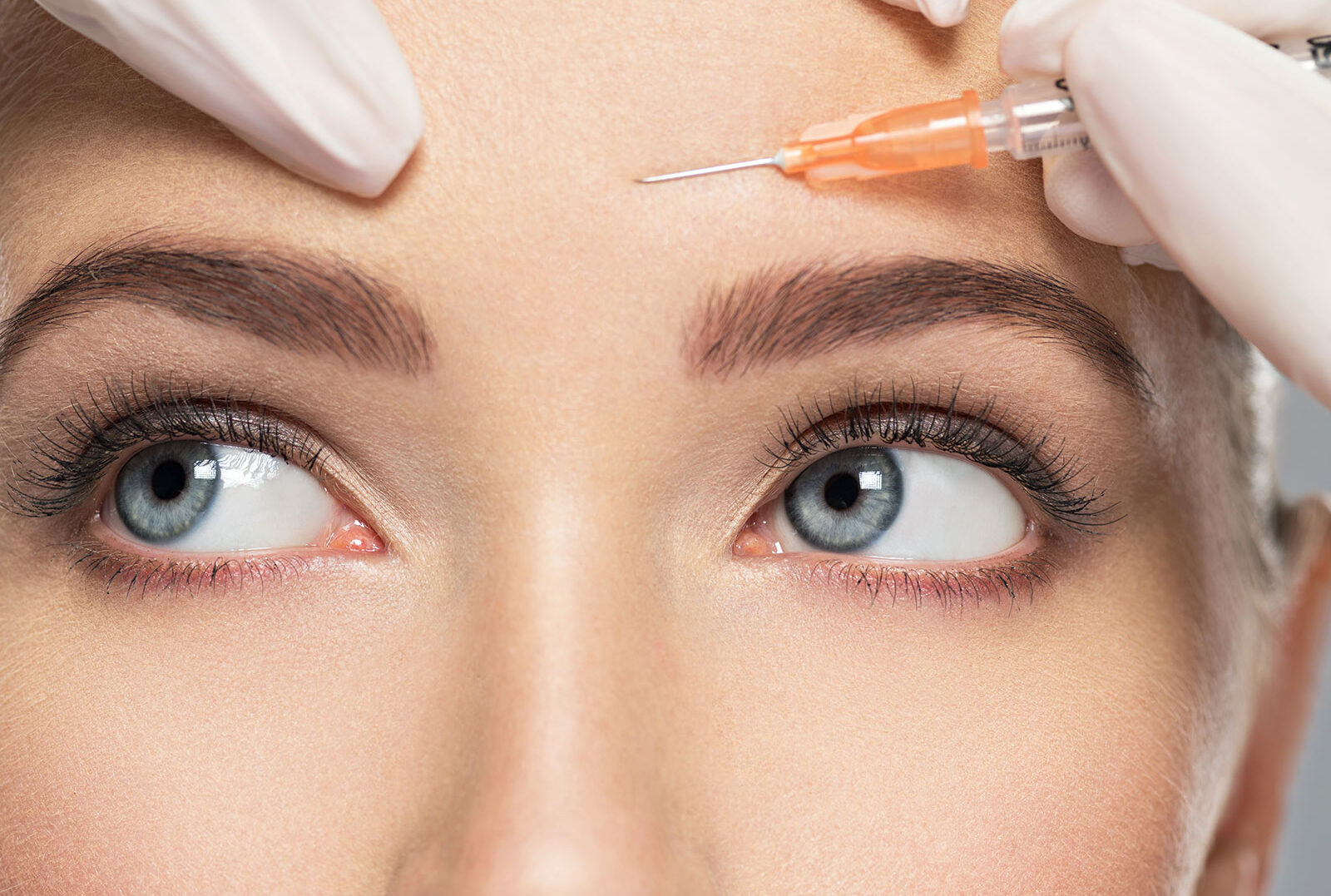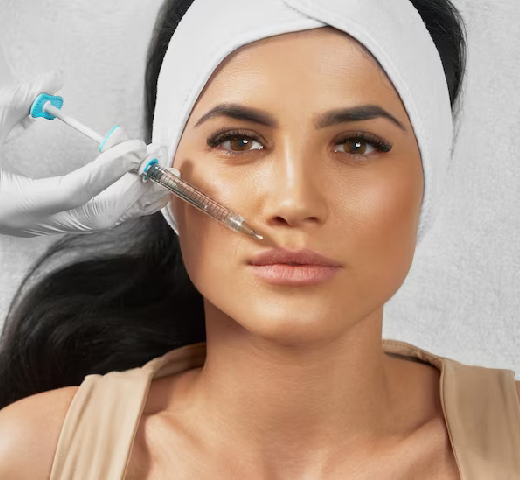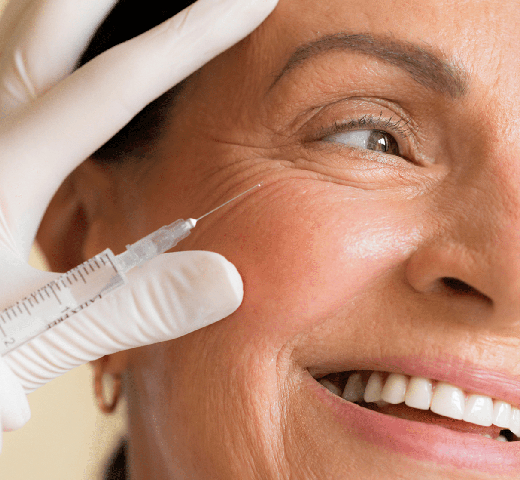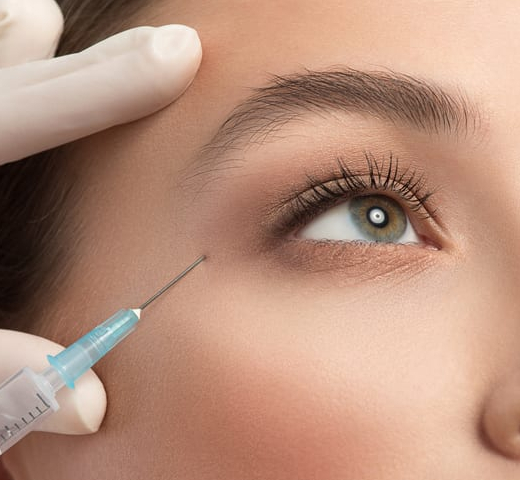
Botox, a brand name for a purified form of botulinum toxin, is a neurotoxic protein produced by the bacterium Clostridium botulinum. It is widely used in cosmetic and medical treatments due to its ability to temporarily paralyze muscle activity. In cosmetic applications, Botox is injected into facial muscles to reduce the appearance of wrinkles and fine lines, offering a rejuvenated appearance. Medically, it treats various conditions, including excessive sweating (hyperhidrosis), chronic migraines, muscle spasms, and certain bladder disorders.
Botox works by blocking the nerve signals necessary for muscle contraction, resulting in temporary muscle relaxation. Despite its toxic origin, when administered by a qualified professional in small, controlled doses, Botox is considered safe and effective.
Botox F&Q
Botox, a brand name for Botulinum toxin type A, is a neurotoxic protein used cosmetically to reduce the appearance of wrinkles and medically to treat certain muscular conditions. It works by temporarily paralyzing muscles; when injected into facial muscles, it prevents them from contracting, smoothing out the skin and reducing the appearance of existing wrinkles and preventing new ones from forming.
Common areas treated with Botox include the forehead (for horizontal lines), the area between the eyebrows (frown lines or “11 lines”), crow’s feet (lines around the eyes), and the lines around the mouth. It can also be used for brow lifts, to soften chin dimpling, reduce neck bands, and even for treating excessive sweating in the underarms, hands, and feet.
Results from Botox injections typically begin to show within 3 to 5 days after treatment, but it can take up to 2 weeks for the full effect to become visible. The effects of Botox usually last between 3 to 6 months, after which the muscles gradually regain movement, and wrinkles may start to reappear, necessitating repeat treatments.
Side effects from Botox injections are generally mild and temporary. They may include bruising, swelling, or redness at the injection site, headache, or flu-like symptoms. More serious, but rare, side effects can include muscle weakness, vision problems, trouble speaking or swallowing, and breathing difficulties if the toxin spreads beyond the treatment area.
Not everyone is a suitable candidate for Botox treatments. Individuals with certain neurological diseases, pregnant or breastfeeding women, and people allergic to any ingredients in Botox should not use it. It’s important for patients to discuss their medical history and any medications they’re taking with their healthcare provider before receiving Botox.
Preparation for a Botox treatment involves avoiding alcohol for at least 1 week before the procedure and stopping the use of anti-inflammatory medications and blood thinners several days before to reduce bruising. It’s also advised to discuss your medical history, including any medications, supplements, and allergies, with your healthcare provider to ensure Botox is safe for you.












